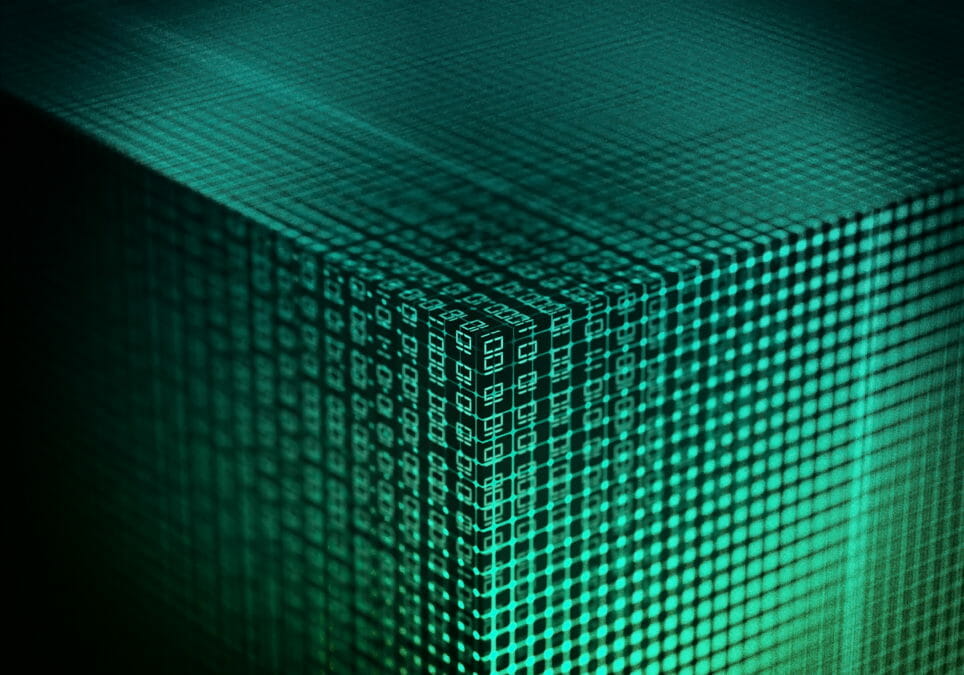As part of Information Age’s Edge, Cloud and IoT month, we spoke to Rob Milner – head of Connectivity at British tech firm, Cambridge Consultants. In the below Q&A, he discusses how the IoT industry can handle the ever-increasing influx of data, the importance of working at the edge and the dangers of choosing the wrong set of technologies when it comes to deploying IoT platforms.
What does the IoT industry need from platform providers in order to handle the sheer volume of data and devices as IoT scales up?
The pinch point for many IoT devices is the communications bandwidth which is limited by both efficient use of stored (battery) or harvested energy and the spectrum available to use. In comparison to data centre bandwidths energy efficient wireless technologies have tiny bandwidths. We believe the primary approach to this challenge will be to process as much data on the edge as possible. We have a definition of the edge being the boundary between the analog circuitry interacting with the physical world and the digital circuitry performing the compute and machine learning workloads.
As the IoT matures an appropriate orchestration technology will be needed filling a similar role to Kubernetes in the cloud but optimised for the constraints of IoT devices. This will allow the balance of edge vs. cloud resources to be configured more dynamically for the needs of the specific application and immediate scenario.

How will these platforms enable organisation to monetise IoT applications and avoid drowning in a sea of IoT-enabled data?
Viewing the data from the perspective of how it is monetised will provide the focus needed to determine what to store and what to ignore. The problem with the IoT is that you can do pretty much anything and having a commercially viable service model is what enables you to determine what you should do out of all the things you could do. Monetisation and particularly servitisation will also have the benefit of improving security as this will underpin both the operation of the service and protection of the data that is being monetised, historically this is a weakness of IoT deployments where the revenue is concentrated in a device sale and security is viewed as a cost driver.
The five pillars of Edge Computing
How much jeopardy do organisations face if they back wrong horse and select the wrong technologies and approaches when it comes to their IoT platforms, their costs and their performance? Is the risk of making the wrong choice paralysing decision makers?
Decision paralysis can be an indicator that you have some exciting solutions but not a clear enough understanding of the problem. If there is a good business case, then most technology questions are answered as there is a clear rationale. Put another way, if you have clearly defined what you are trying to achieve, this will guide the choice of technologies. We see each improvement in different aspects such as unit cost, network coverage and machine learning capabilities unlocking more business cases by making them profitable. There are still technology decisions to be made, but they should be similar to decisions that companies make in other areas of their business such as what technologies you use for your IT solutions or web platforms.
Rob Milner is head of connectivity at Cambridge Consultants. He is a technology leader with almost two decades experience in connected product development. His current focus is in low cost connectivity. Rob provides strategic and technology leadership on large and ambitious transformational development programs.
Related articles
Protecting the edge of IoT as adoption rates for the technology grow
The continuing rise of mobile edge computing, 5G and IoT security, hot topics for 2019
Data intelligence — is edge analytics the saviour of IoT?
Edge computing: The movement redefining cloud technology
Accessing the benefits of edge computing — a must for industry 4.0







